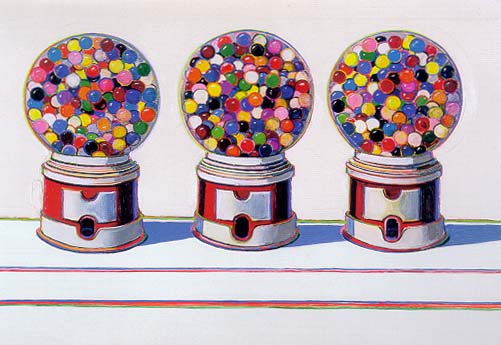This excerpt really grabbed my attention because it was all about drawing from memory. I often do this because I am too lazy to usually grab a picture of what I would like to draw so I attempt it from memory. Things that I am more familiar with seem to be easier to draw from memory rather than things I don't see on a day to day basis. For example, I can draw eyes from memory better than I can a flower. There are so many parts of flowers that I have never looked at in depth that I could never draw from memory.
It is so interesting to see that when you draw from memory you tend to add things that aren't there. This is probably because of the composite images you have built up in your mind of a certain object. For example, we all have the image of an apple in our minds but each of us pictures a slightly different apple. The apple that we are picturing is not the same as every object we call an apple because it is a category for things that look like apples. It is so interesting that every person has a different image in their mind though.
Another part of this writing that fascinated me was the part about war photography. It is quite unsettling to see people alive in one frame and dead in another, as Elkins points out. However, at the point between the frames, that moment between life and death, time has occurred and in these pictures a death has been trapped. After reading about this I really didn't know how to feel but I definitely understood the unsettling nature of the photographs. The pictures bring the imminent sense of danger to the viewer. When I had visited the Walter Reed Medical Health Museum in D.C. (which is next to the military hospital) last summer I saw many a picture like this; the museum itself creeped me out--in a good way, I guess.
In an interesting jump, Elkins moved on to talking about how artists sometimes focus on things that really shouldn't matter as much such as the sexuality of Christ rather than his--or her--identity and presence. I had never really thought of this before but I really feel like he had a good point. When he then mentioned live modeling and that you find yourself looking at a hand rather than other unmentionables, your sight is being deflected. In the same breath he also mentions that your eyes are also drawn to certain things. I have experienced this when looking at works of art. I am so consumed by one object in the picture it takes me a little while to deflect my line of vision and explore the rest of the work of art.
All in all, I really enjoyed this reading. A few questions I have are: 1) If you were to take a series of pictures at the moment someone is born, would the entrapment of their birth between the frames seem unsettling such as a series of pictures of death? and 2) As an artist can your line of sight get blinded by your own artwork? Is it possible that while making a piece of art you get totally consumed in one aspect of it and ignore the details of others? If so, what would this mean or do to the artwork?
Last note, the beginning the reading reminded me of Caroline's artist she presented, Wayne Thiebaud.

No comments:
Post a Comment